1941 (CIVIL DISOBEDIENCE MOVEMENT)
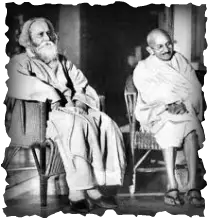
The 20th Annual Session of the All India Muslim League took place in Madras and a resolution on the civil disobedience campaign initiated by Congress was approved.
The goal was to oblige the British Government, as regards the future constitution of India, to accept the demands of Congress. Congress required the authority to move over to them to make the Muslim country the target of Hindu Raj.
Check out also: Radcliff Award
CRIPPS MISSION (1942)
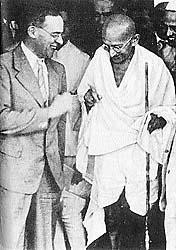
On 8 August 1940, shortly after the Lahore Resolution was passed in March 1940, Lord Linlithgow made a comforting declaration declaring dearly that the UK Government does not consider the transition to any government structure, whose authority is explicitly denied in India via the large and powerful elements of its current responsibility for the peace and welfare of India.
In its plans for the transition of power during the Second World War, which were taken to India in 1942 by Sir Stafford Cripps, the British government recognized the genuineness of the desire for Pakistan.
For different causes, both the Congress and the All India Muslim League have opposed the plans. However, these proposals bestowed upon the ideals of the independence of Muslim India as a separate territory.
A popular Congress member, C, after this debacle. Rajagopalachari, in the working committee of the Indian National Congress, proposed the proposal for the independent Muslim State, which was then refused, which was later the basis for the Jinnah-Gandhi talks, in 1944.
SIMLA CONFERENCE (1945)
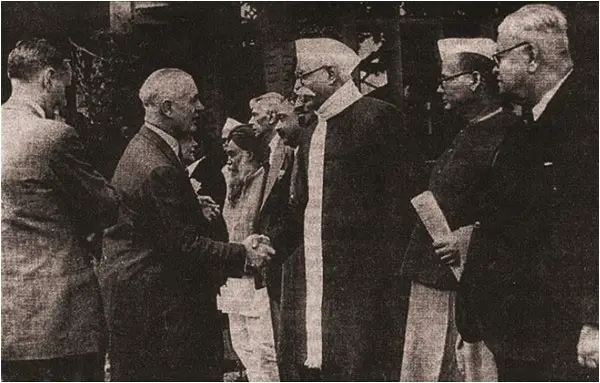
Originally regarded as the First Simla Conference, the Viceroy called the Conference in Simla to discuss the composition of the executive council.
Congress argued that it served all the Indian groups and that Muslims could be elected to the new council as members.
All the Muslim League in India did not support the congressional argument and claimed that all Muslim League of India only had the right to appoint Muslims to the Executive Board.
The All India Muslim league was committed to the establishment of a separate home for Indian Muslims, while the Wavell Plan envisaged a single India.
There was a stalemate as there was a matter of representing the various faith communities on the Executive Council. The Muslim League of India also claimed that the Executive Council should be nominated by no other political party.
This assertion had been rejected by Congress. The Unionist Party in Punjab has asked for the Executive Council to be included.
The two parties were asked by Lord Wavell to give him a list of names of their party members that would be included in the Executive Board proposed. Congress sent a list of its leaders, including the names of two Muslims, simultaneously.
The entire Indian Muslim League refused to include the list, demanding that Muslims be chosen from the All-India Muslim League as members of the proposed Executive Council.
Viceroy Lord Wavell declared on 14 July 1945 the defeat of Simla and the fruitless attempts to reconcile Hindu and Muslims.
CABINET MISSION (1946)
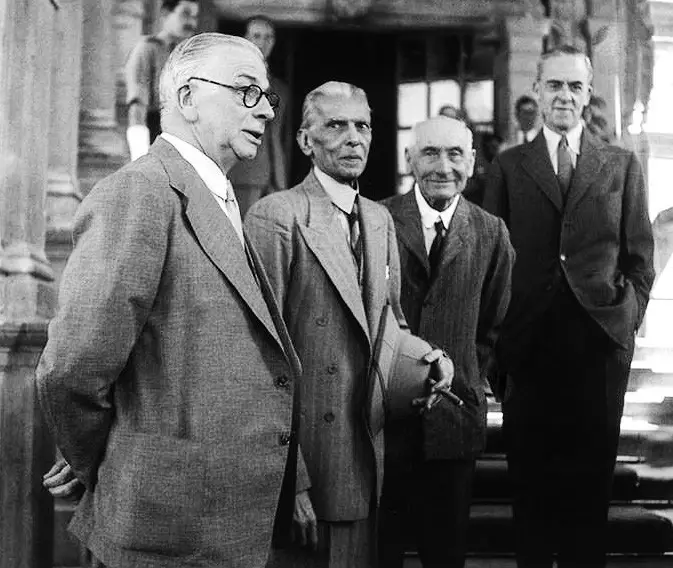
Cripps’s draft Cabinet Mission Plan embodied Britain’s last wanted attempt to shift India’s influence to a single syndicate.
The Mission brought forward a federal three-under which the central government was restricted to security, international affairs, currency, and communication, with the provinces delegating considerable powers.
This proposal also stipulated the areas to be created: North-west Bengal and Assam would be incorporated into a marginally Muslim majority zone; North-West Punjab, Sindh, N.W.F.P. and Balochis tan would have a strong Muslim majority; and other regions of the country were third, with definite Hindu dominance.
The proposal stipulated the following. From the delineation of regions, the definition of boundaries of a new Pakistan became apparent.
The mission also proposed that societies with negative consequences would have the right of veto on legislation. The mission eventually recommended the immediate creation of a transitional government and the holding of new elections.
THE JUNE 3 1947 PLAN
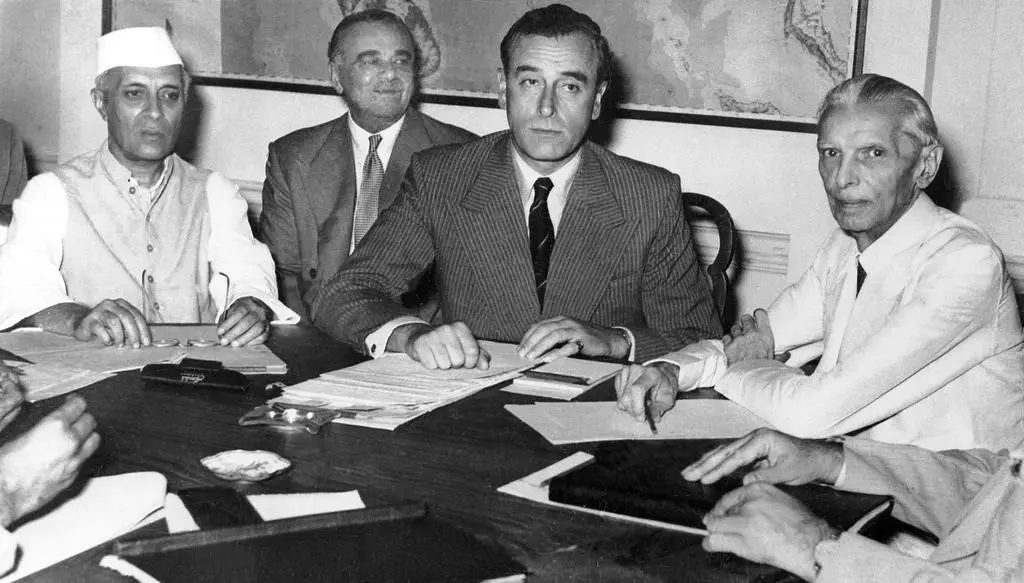
- A distinct and modern Assembly of constituents consisting of members of the regions that chose not to vote in the current assembly of constituents.
- 18 July 1947 The Indian Independence Act was adopted at the House of Commons on 4 July 1947 and passed on 15 July 1947 as a bill allowing for independence.
- It provided for two separate dominions to be created in India as well as India and Pakistan on the fifteenth day of August 1947.
- Furthermore, the Act stipulates that the new legislation is controlled by the Government of India Act, 1935, as long as the Constituent Assembly does not draft a constitution by itself.
Check out also: Non-Aligned Movement
FIRST CONSTITUENT ASSEMBLY OF PAKISTAN (AUGUST 1947)
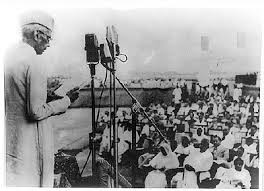
Quaid-e-Azam Mohammad Ali Jinnah, on 7 August 1947, arrived in Karachi and addressed Pakistan’s Constituent Assembly as its first Governor-General on 11 August 1947. He said the Legislature was responsible for two key functions. First of all, it established Pakistan’s eventual constitution and, secondly, it was Pakistan’s federal legislature.


